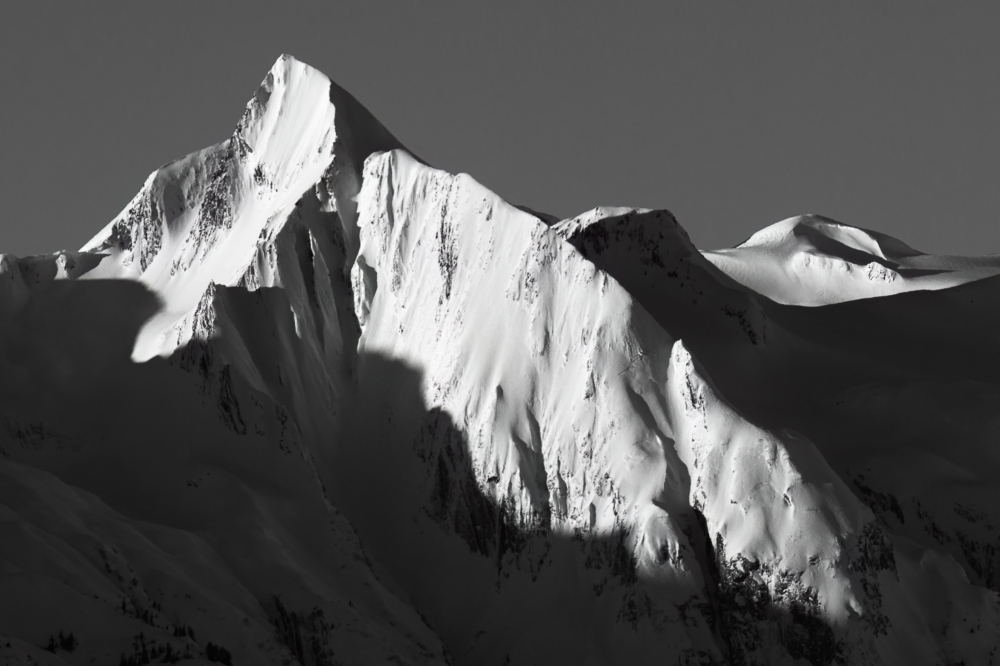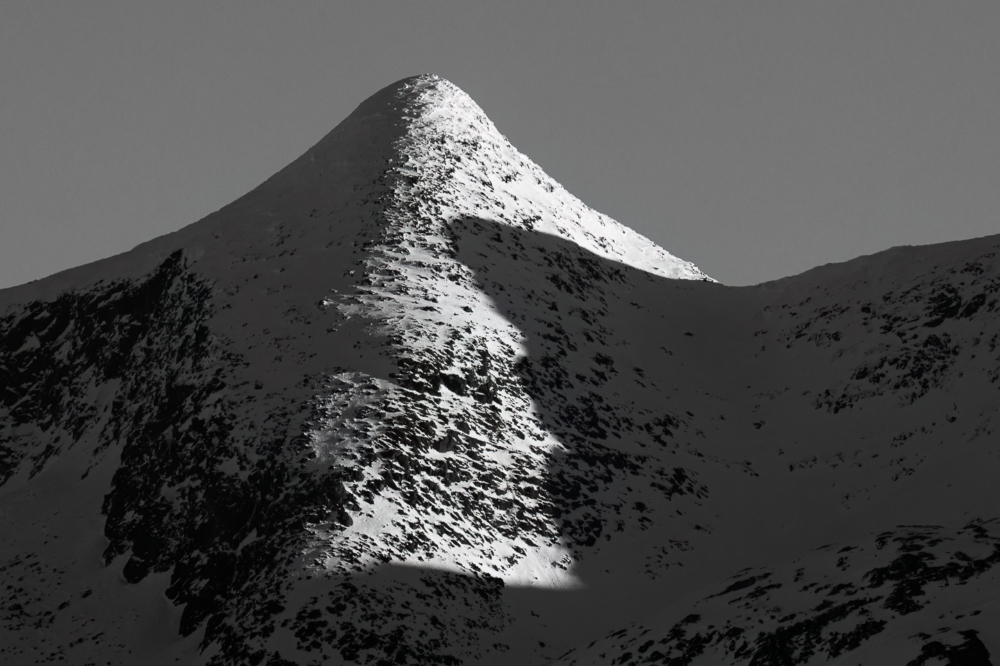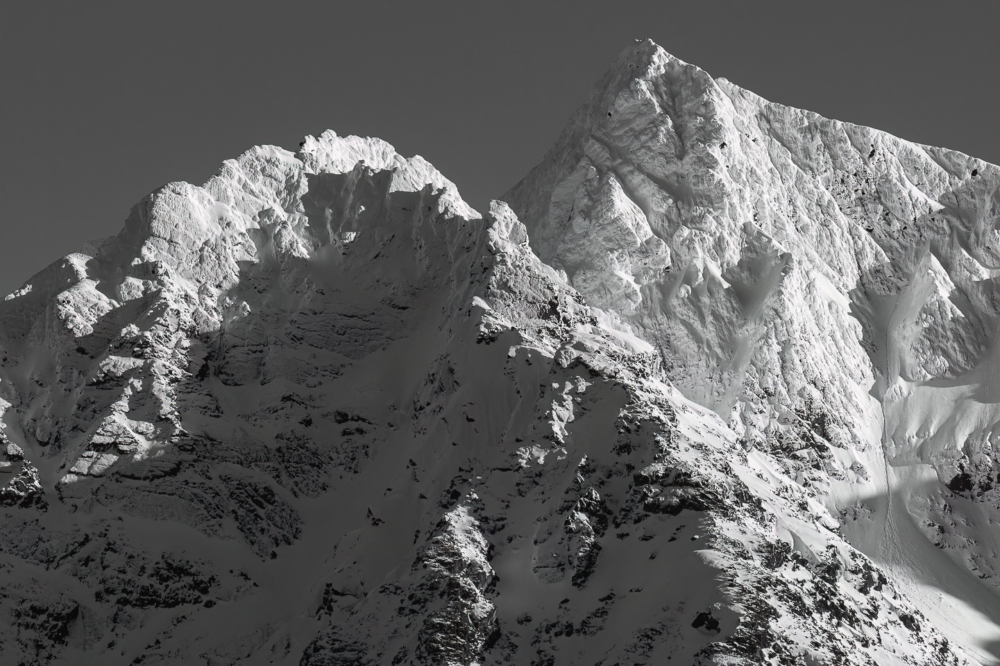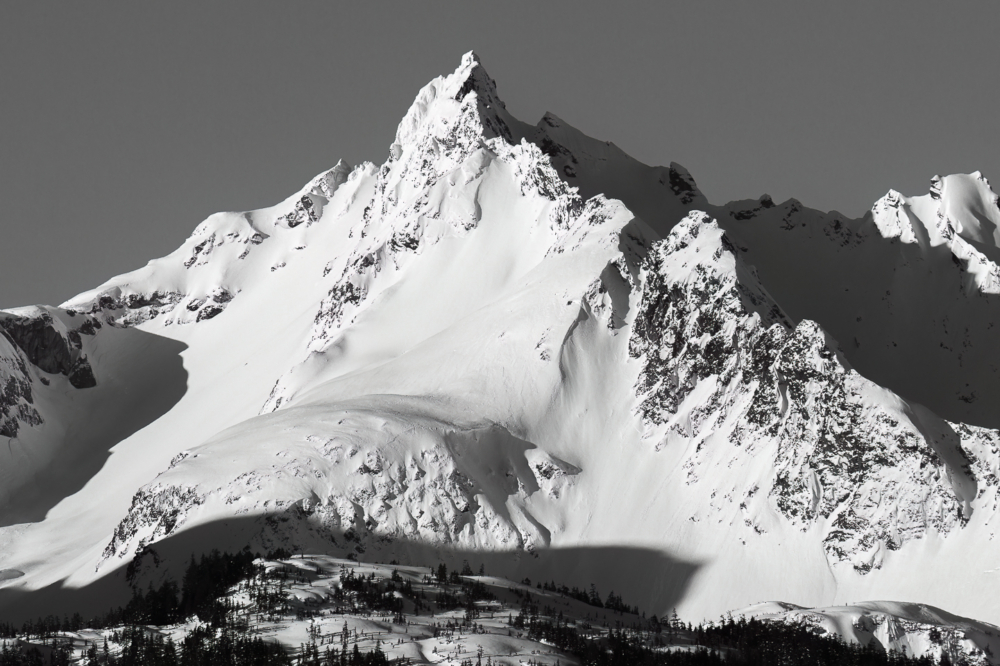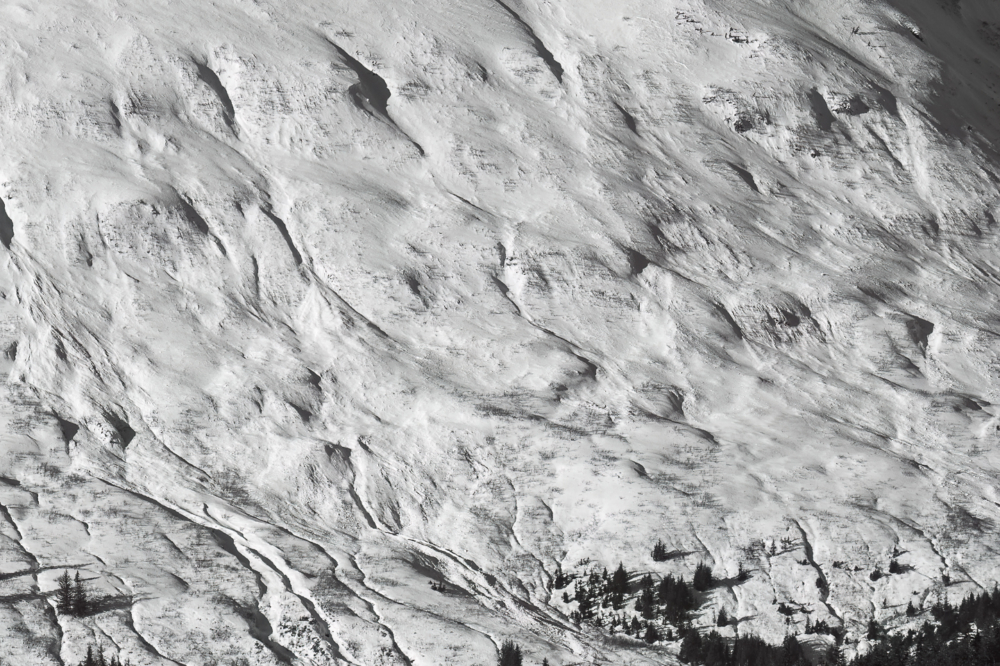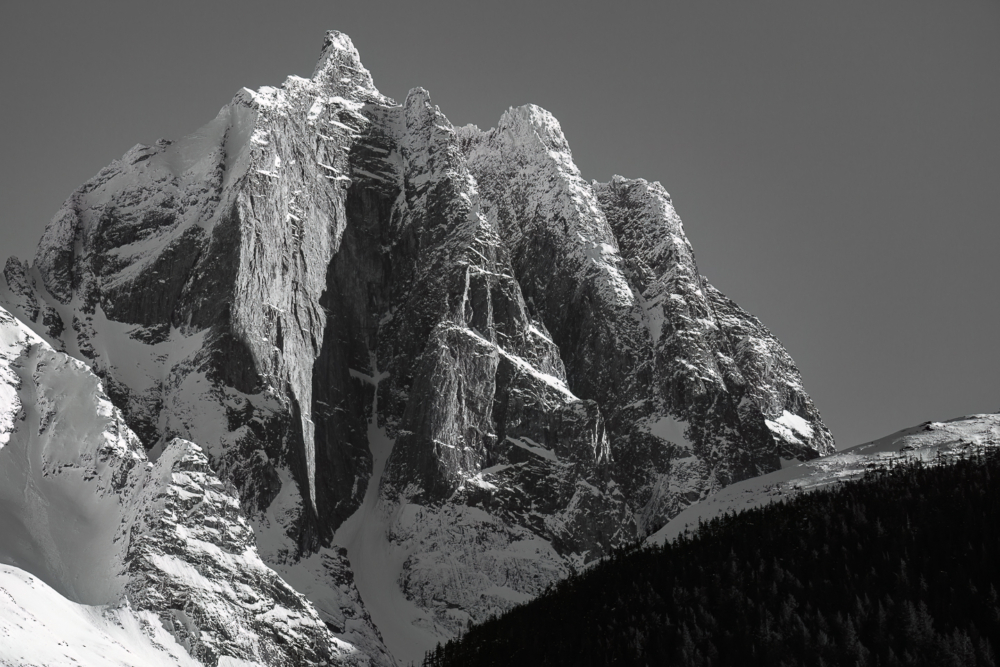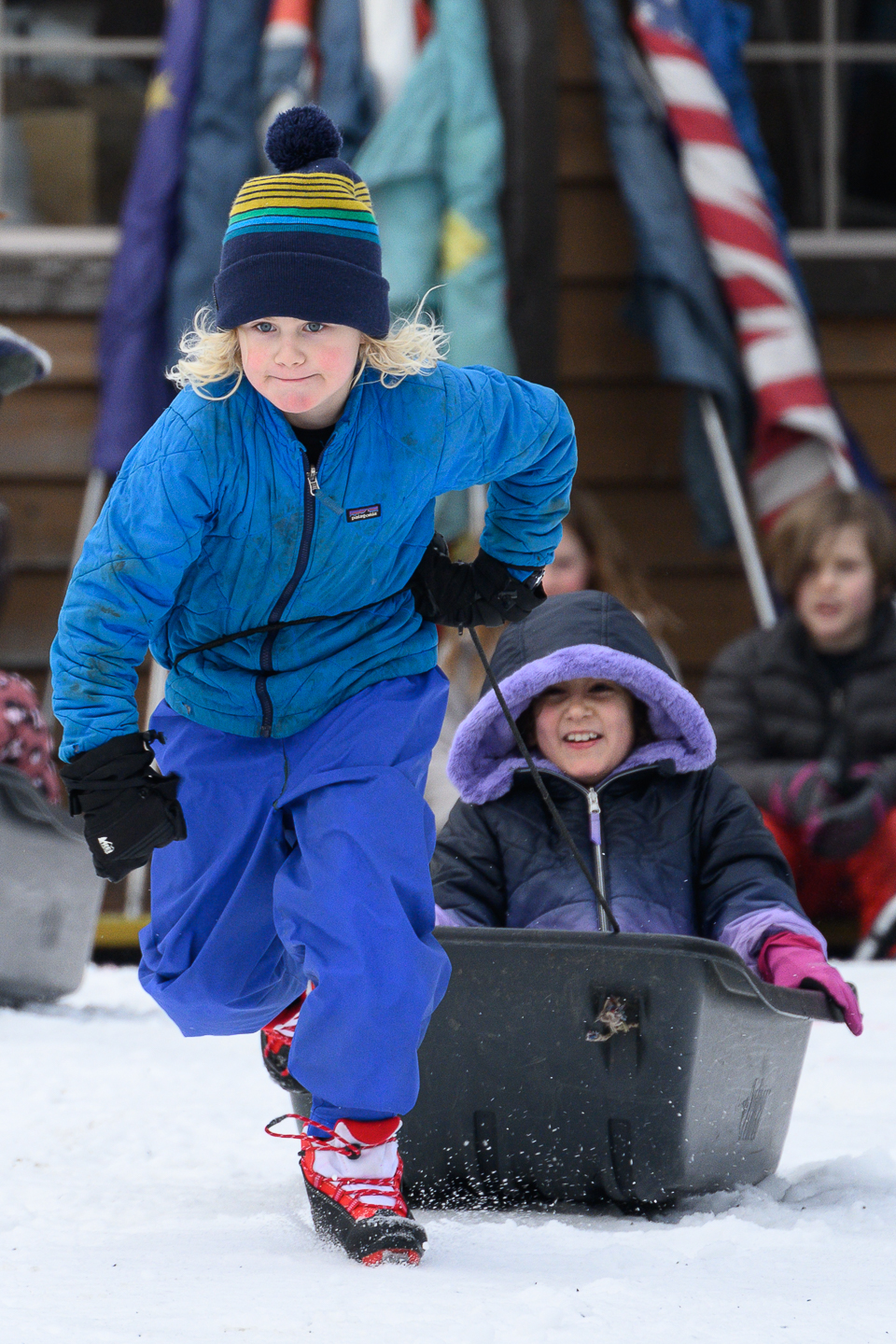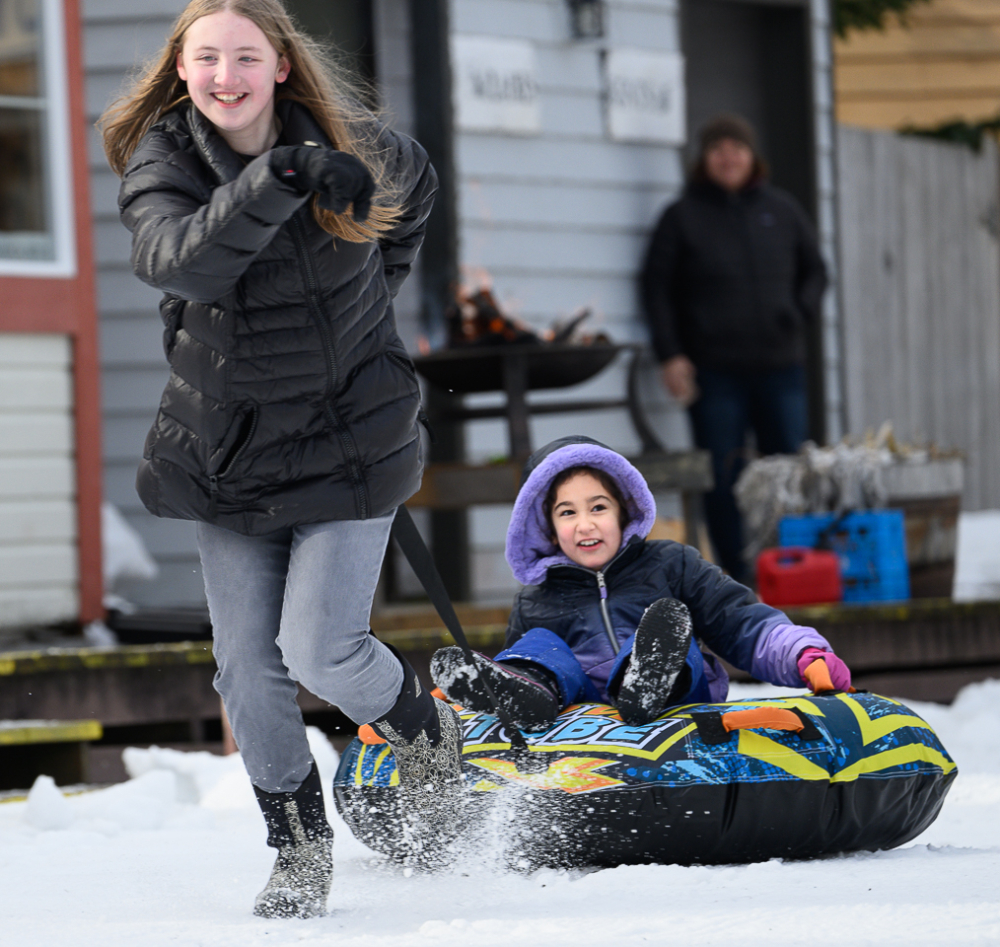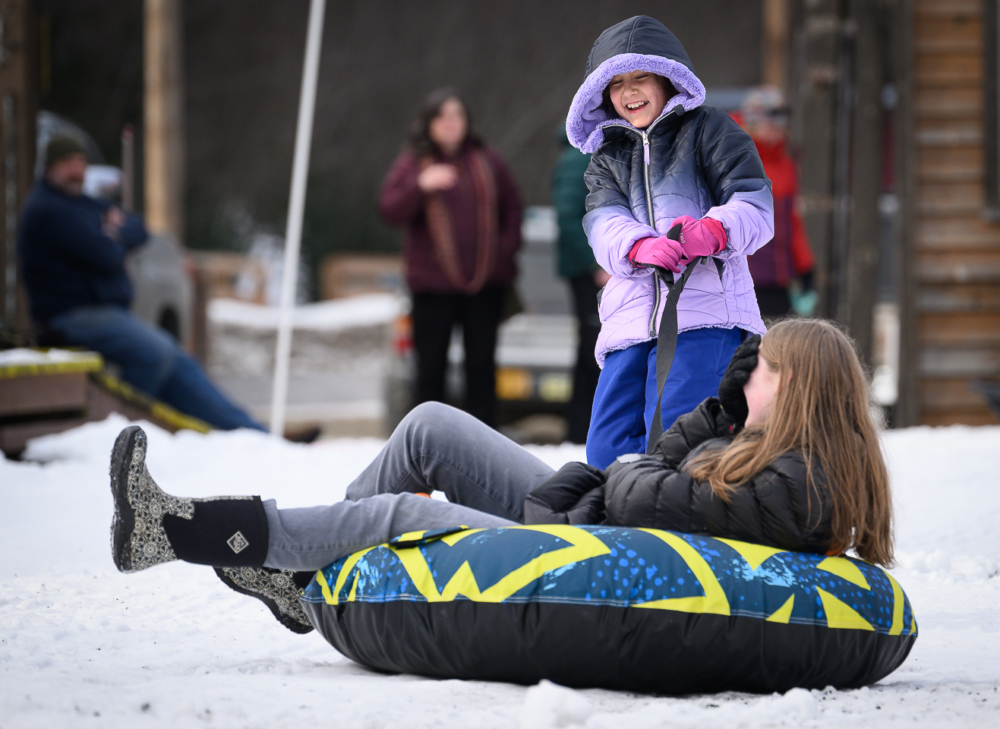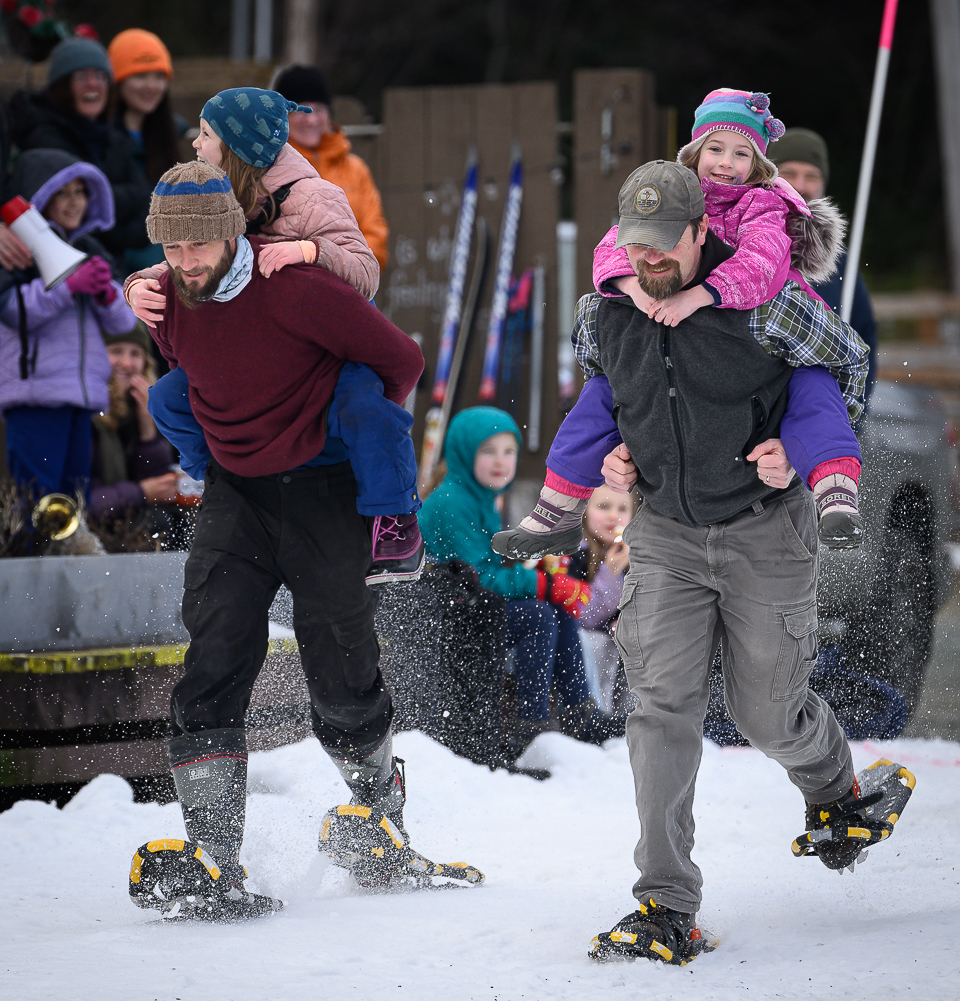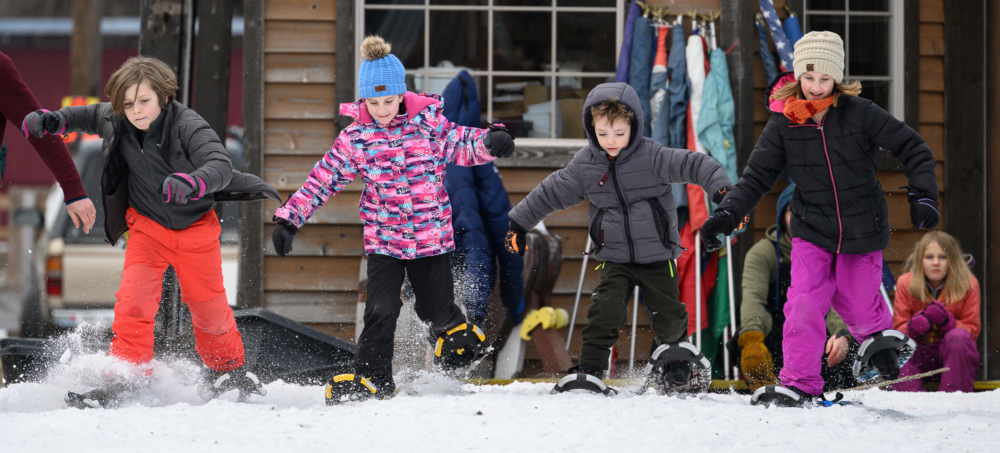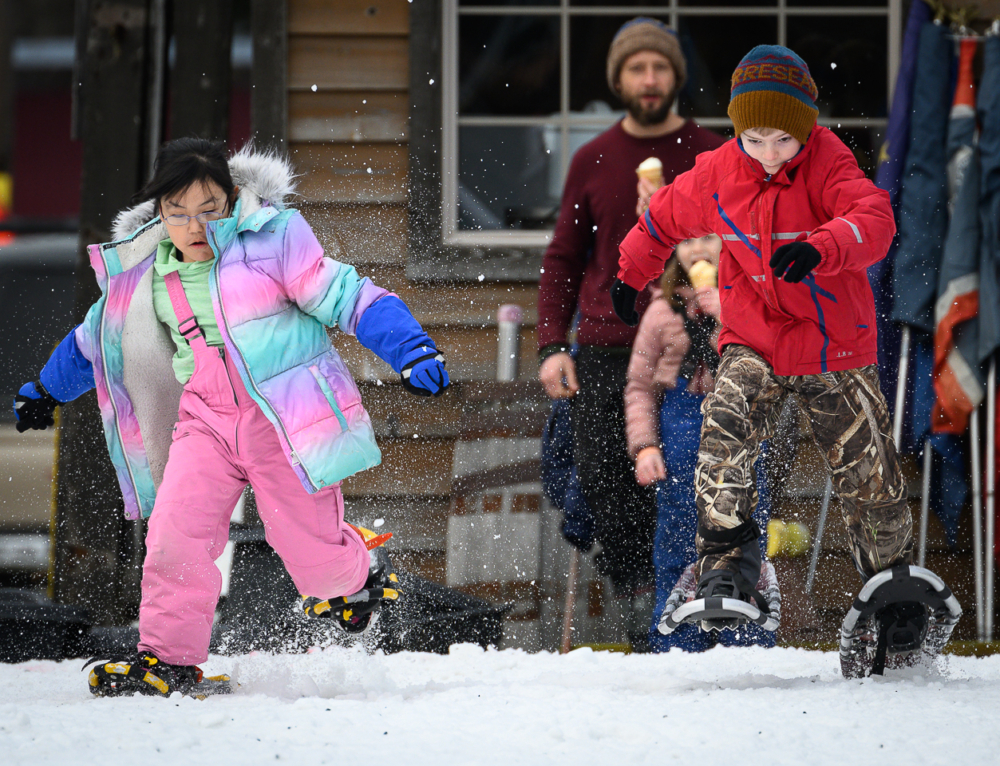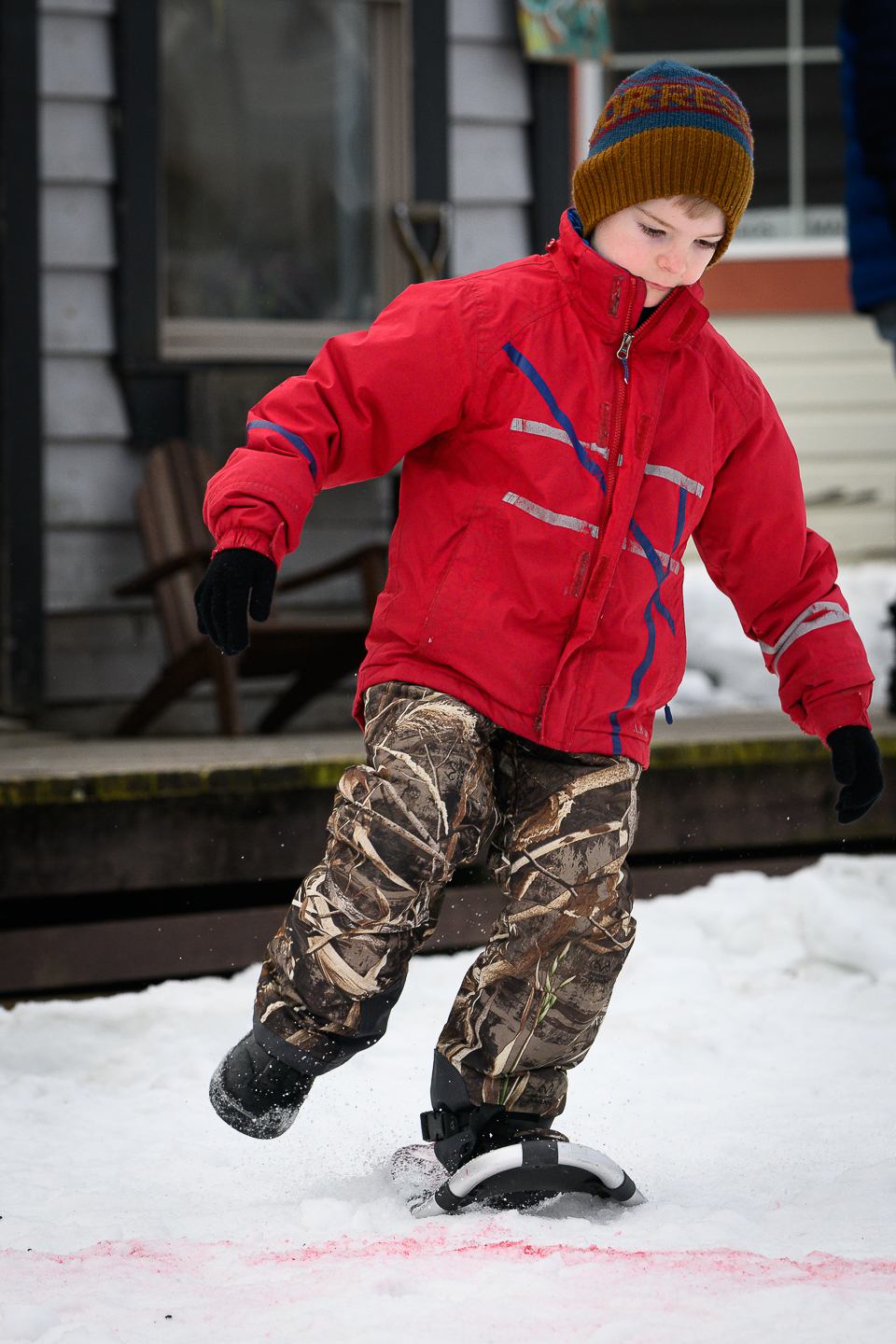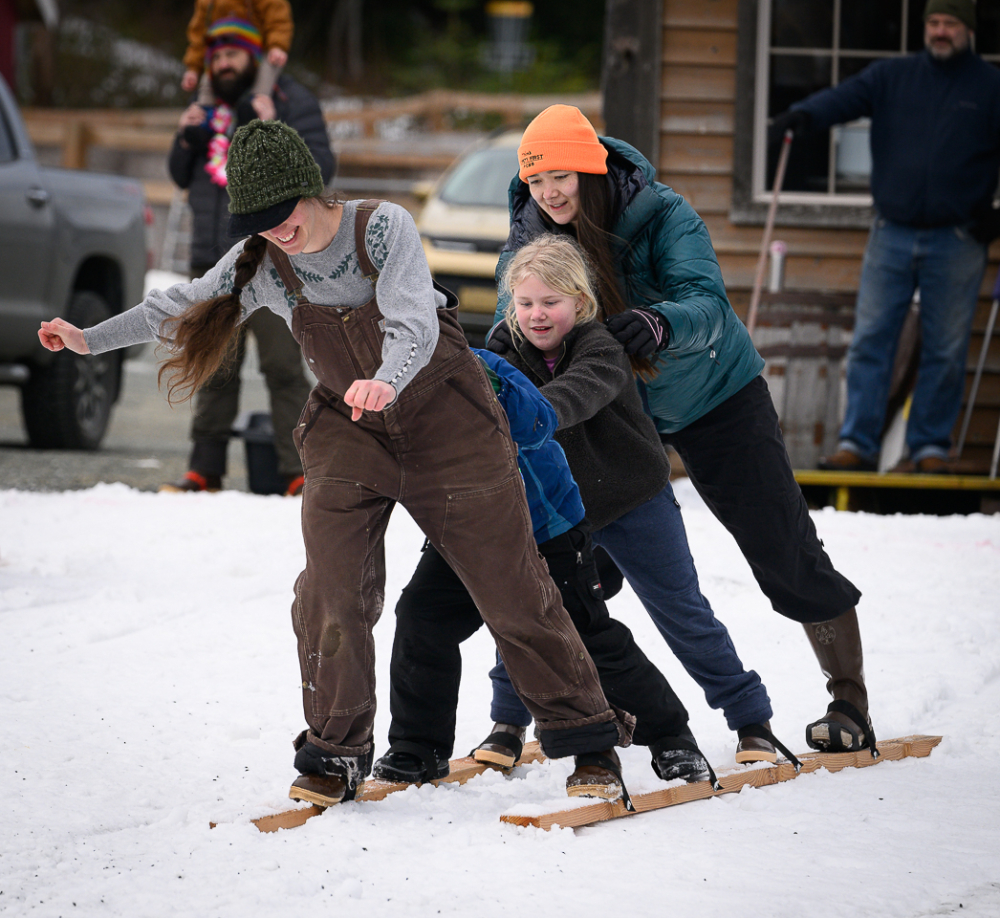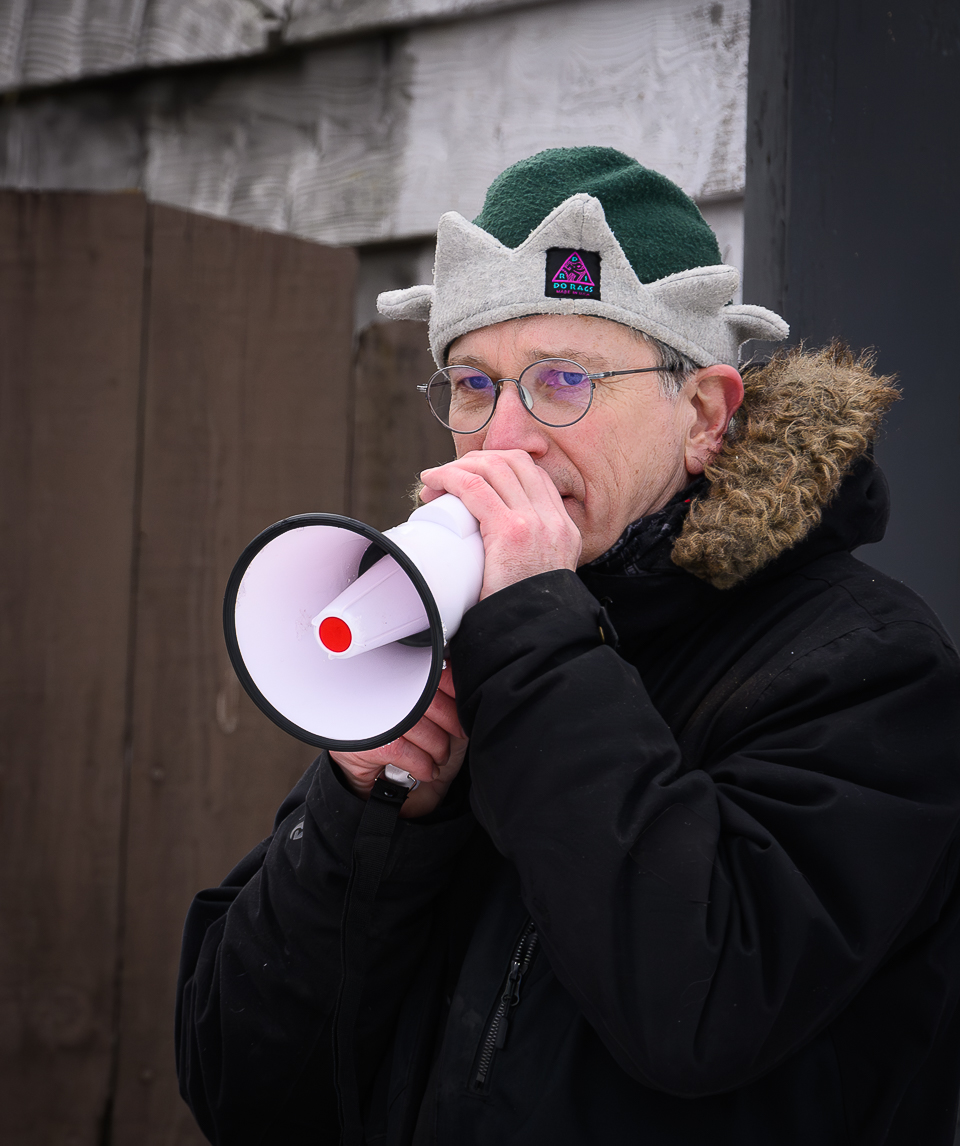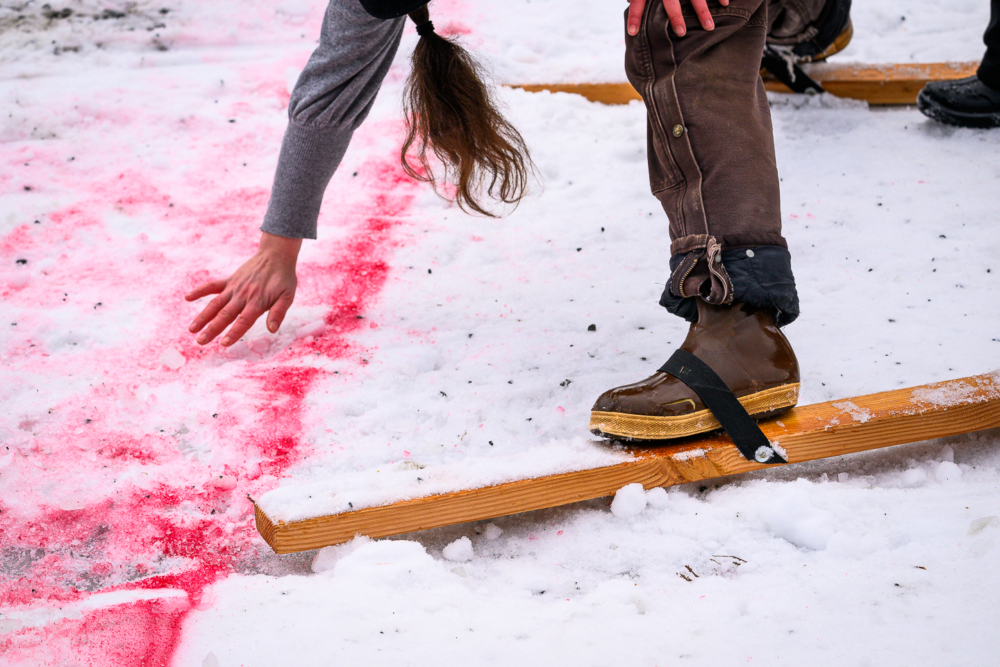Yesterday, the National Park Service sent out a news release about how a landslide near a glacier crashed into the ocean, causing a tsunami that damaged a backcountry campsite at Kenai Fjords National Park near Seward, Alaska.
Many years ago, while sea-kayaking on our own, Carol and I camped at the very Pederson Lagoon backcountry campsite mentioned in the news release. Yikes! I even remember using the bear-proof food storage box mentioned. I’m glad we weren’t there when the recent landslide and resulting tsunami happened. Unlike the other day, our time there was peaceful and pleasant, and we spent several blue-sky days exploring Pederson Lagoon and the surrounding area of Aialik Bay.
Reading about the tsunami and thinking about that trip reminds me of notable things about that adventure. To reach the backcountry area, we had to be dropped off in a ‘water taxi’ (an approx. 25 ft. aluminum boat with a small cabin), which we had to take into the notorious Gulf of Alaska to reach Aialik Bay, located inside the park. What a ride that was! I swear we spent more time in the air than in the water as the boat SLAMMED back onto the water after going airborne with each wave during the hour-long ride. Without question, this was the roughest water I’ve ever been in. I know the captain’s dog didn’t think much of it. The dog REALLY was in the air more than not as it flew into the air. The boat should have had seat belts. I don’t know how we made the trip without hitting our heads on the boat’s cabin roof as we flew off our seats with each wave.
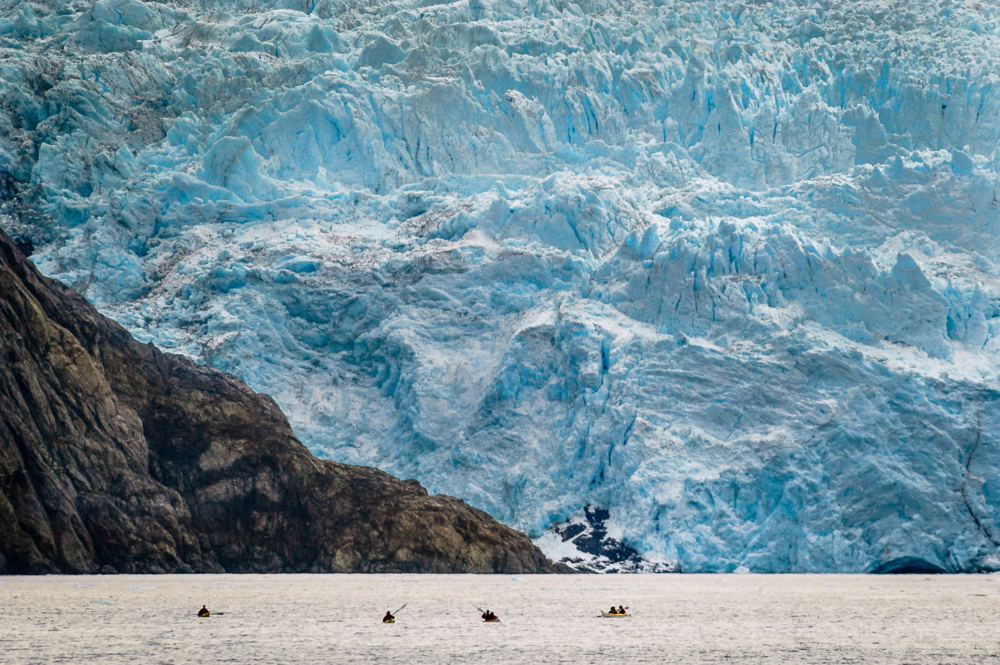
Kayakers are dwarfed by the massive Holgate Glacier on the Holgate Arm of Bay in Kenai Fjords National Park in Alaska.
Five days later, we almost couldn’t be picked up when it was time to leave. The nearby Holgate Glacier in the bay where we were now camping (pictured above on a nicer day) calved a bazillion small chunks of ice, filling the normally clear bay with ice. So much so that it looked like you could walk across it. After confirming with the boat’s captain on my small marine radio that he could make it through the ice, the small boat very slowly made its way to us. It looked like it was a mini icebreaker ship. The sound of the ice scratching the hull was nerve-wracking and made your hair stand up, much like the scratching of a chalkboard in elementary school.
Now, back to the recent news release about the recent landslide-triggered tsunami. That also reminds me of a similar but more deadly event. While the Pederson Lagoon landslide-generated tsunami was serious, it can’t compare to the world’s largest tsunami ever recorded. That occurred at Glacier Bay National Park in Alaska. That’s the national park where most of Carol’s and my sea-kayaking has taken place in more recent years. In 1958, a landslide in the park’s Lituya Bay generated a tsunami that was given the special classification of a megatsunami. The sudden water displacement from that landslide washed away trees 1,719 feet above sea level. That’s one hell of a wave (for comparison, the St. Louis Gateway Arch is a mere 630 feet tall).
These landslide-generated tsunamis are always in the back of my mind when sea-kayaking in Alaska.
